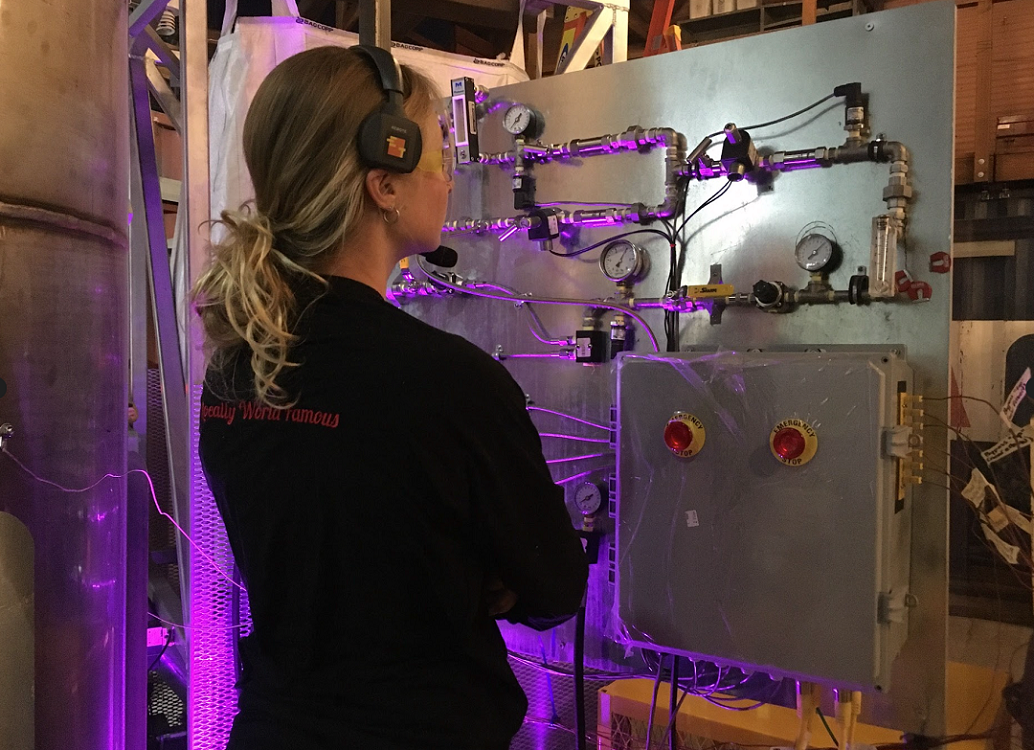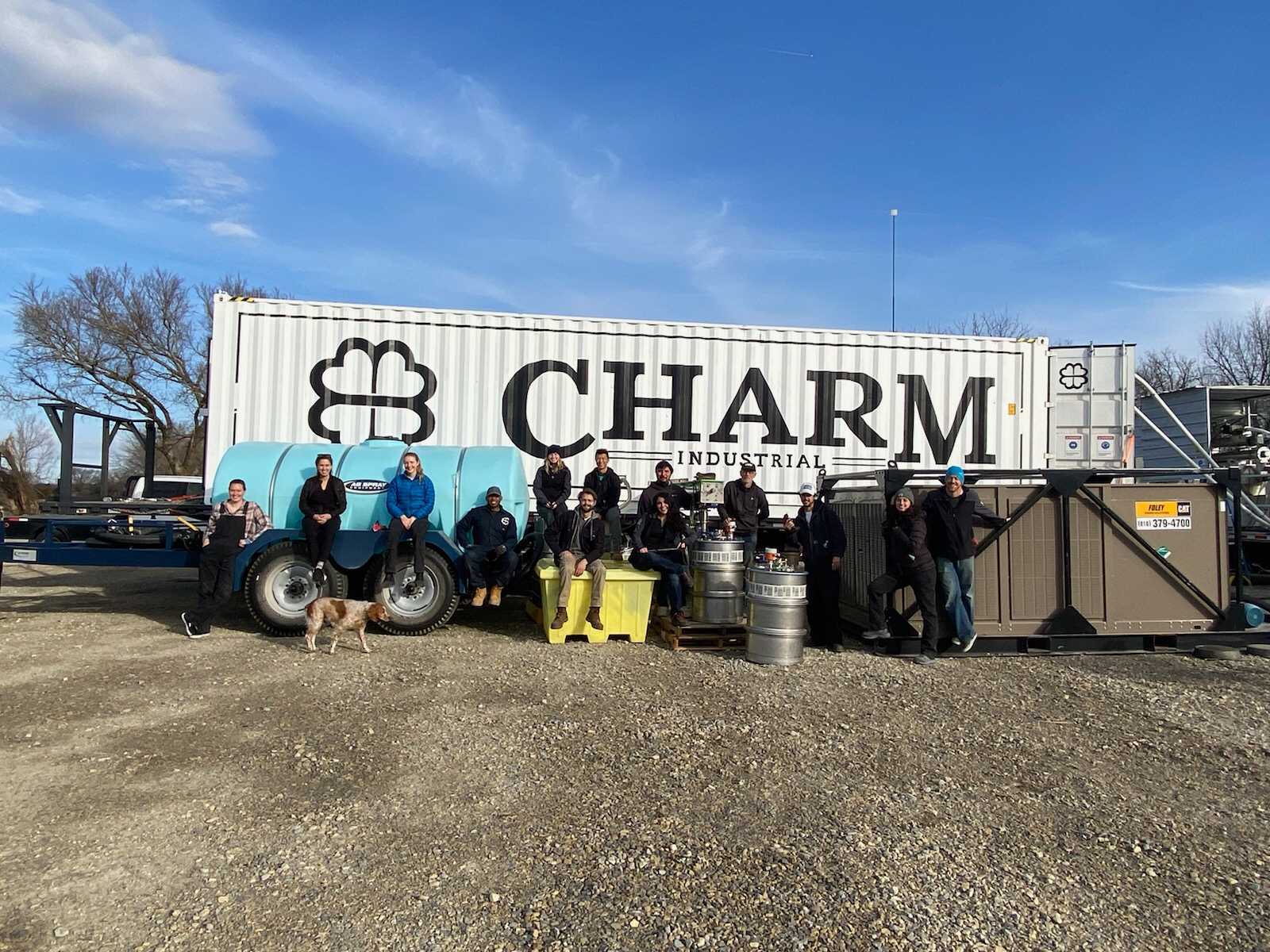How we’re removing carbon with bio-oil
The Charm team sent along the following letter thanking Wren members for their support and provide some details about their work, including some new pictures sequestering carbon out in the field!

Just the gist
Short on time? Here’s what you need to know for this update:
- 🌾 Read the official bio-oil welcome letter — Our project partner thanks you for your support and shares details about their work, including pictures from the field.
- 📶 Learn how our partner is raising the standards — Discover how our project partner’s newest protocol can optimize the quantification, monitoring, and reporting of bio-oil carbon removal.
For more project updates, follow Wren on Twitter and Instagram.
Read the official bio-oil welcome letter

One of our newest projects, Bio-oil carbon removal, converts excess biomass residue into carbon-rich bio-oil and injects it deep underground for permanent CO2 storage. Here is Grace Connors’ letter to Wren:
Hello Wren members,
We’re ecstatic for the Wren community to empower our mission: to return the atmosphere’s CO2e concentration to preindustrial levels. We do this for the people and places we love. We're excited that the Wren community has a chance to support a hybrid nature and engineered carbon removal technology alongside other climate projects.

Humans have emitted over 1 trillion tons of CO2 into the atmosphere, which will soon cause irreversible climate change. The United Nations leading scientific body on climate change, the IPCC forecasts that humanity will need 6-10 billion tons/year of permanent carbon removal by 2050 in order to avoid the worst impacts of climate change. To put that into perspective, each year the world produces 4.2 billion tons of oil - so we need to move more material than the existing oil industry. While its a daunting challenge every little bit helps us mature our operations.
Charm Industrial intends to be a gigaton scale carbon removal solution in partnership with forestry, agricultural, subsurface communities, along with the star of the show, biomass residues. Each growth cycle biomass draws down carbon from the atmosphere, and re-emits the carbon when it decomposes or burns. We intercept the carbon in this natural cycle by converting this biomass mostly into bio-oil - which is similar to an ingredient in some food condiments. A by-product of making bio-oil can actually improve soil carbon and soil structure. We then safely sequester the bio-oil deep underground, permanently preventing the carbon from reaching the atmosphere again.

We’re the first engineered carbon removal company to sequester carbon and publicly publish the entire life cycle analysis on our registry. Our process is unique because our machines are small and mobile - meaning we can go straight to where inedible biomass is available, increasing supply and reducing costs.
Grace Connors is Head of Development and Testing at Charm Industrial.
Learn how our partner is raising the standards
Wren is working with an independent third party, Isometric, to verify Charm's climate impact. Their newest protocol aims for more consistent and accurate quantification, monitoring, and reporting of greenhouse gas emission reductions or removal enhancements.
Here are three examples, provided by Charm, of how they will prevent unintended emissions:
- Charm can’t source corn stover from the same field two years in a row, removing the possibility that our payments to farmers for their stover could incentivize them to change crop rotation practices, which in some situations can increase emissions.
- Charm will monitor the wellheads for methane leakage for years after injecting bio-oil, despite laboratory studies conducted with the University of Wisconsin that demonstrate microbes don’t create material amounts of methane from bio-oil.
- Charm must account for dead legs in shipping. For example, not just the mileage that trucks drive carrying our loads, but some portion of the mileage accrued when positioning the truck to pick up the load or get to the next load.
Organizations like Carbon Direct and EcoEngineers set the foundation for the new protocol's development by building on existing standards and prototypes. Charm also contributed their learnings from sequestering 6,420 net tonnes of CO2e. It will likely undergo changes in the future as the scientific community learns more about reversal risks and permanent carbon storage.
That's all for this update! As always, thank you for your support.
— the Wren team 🧡

